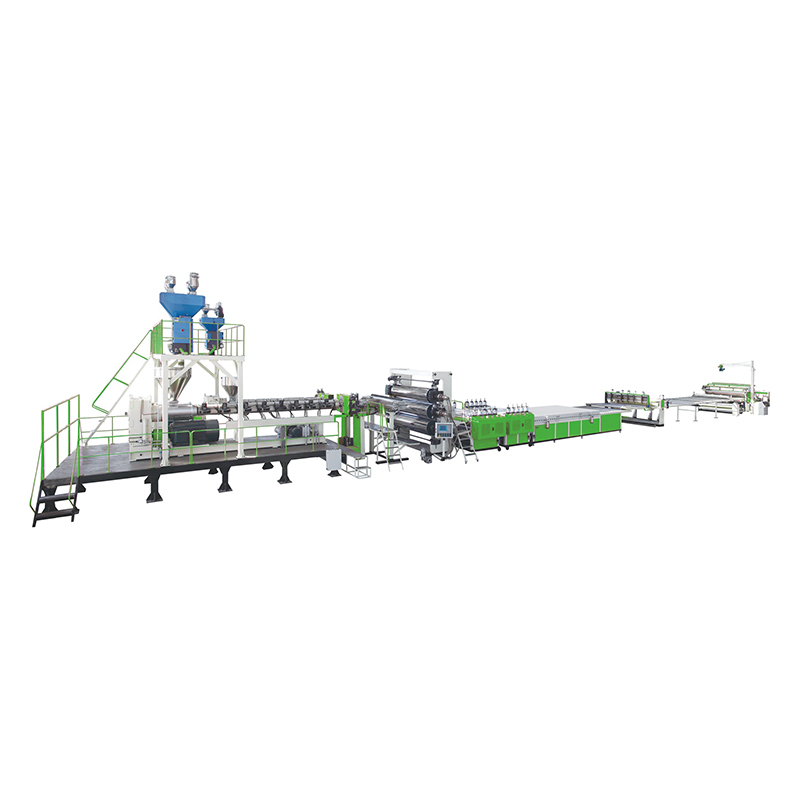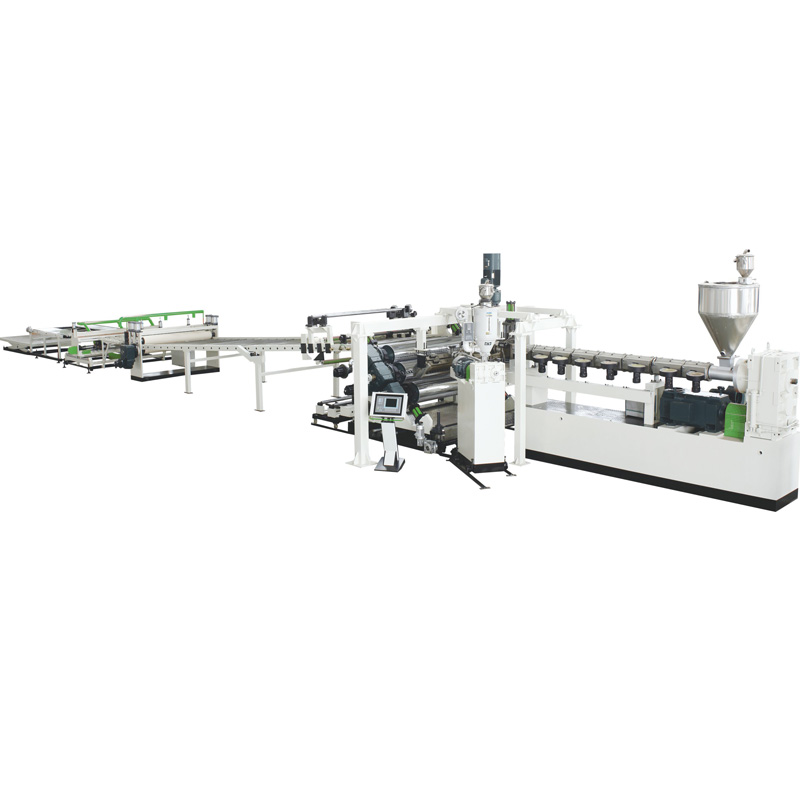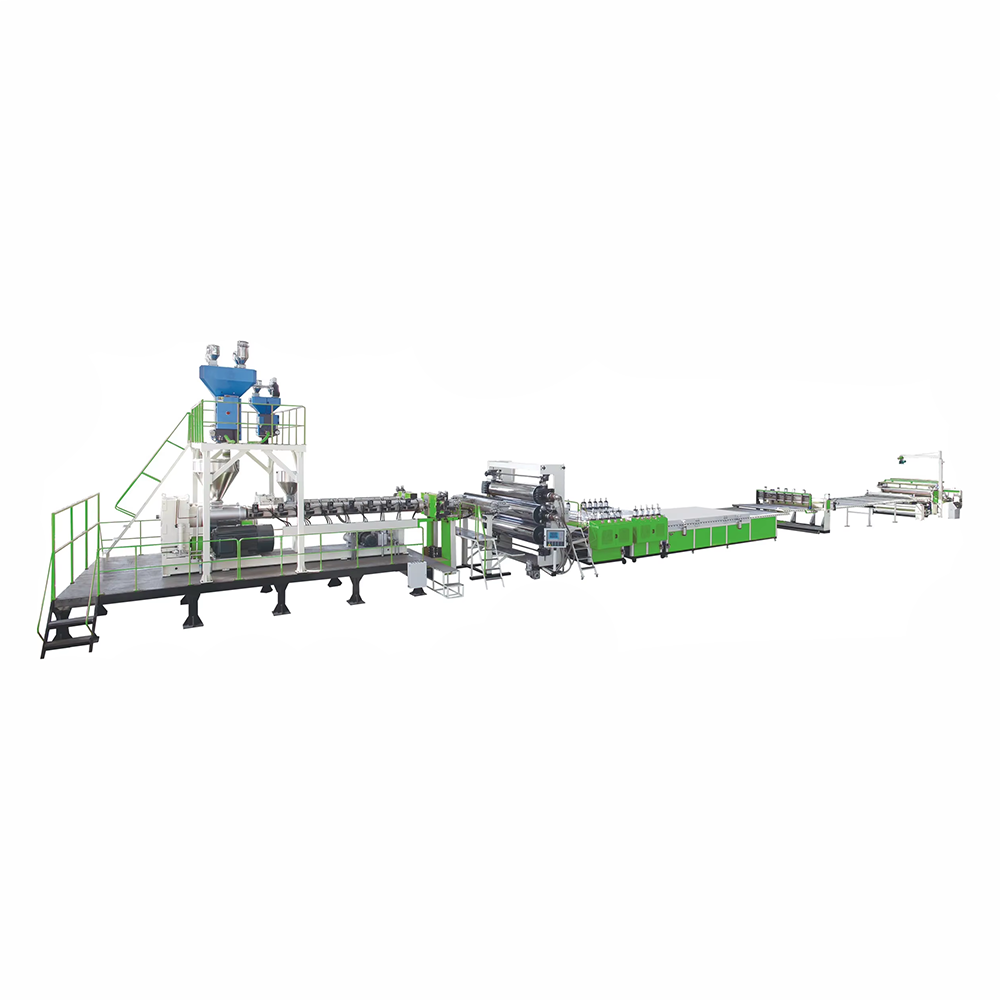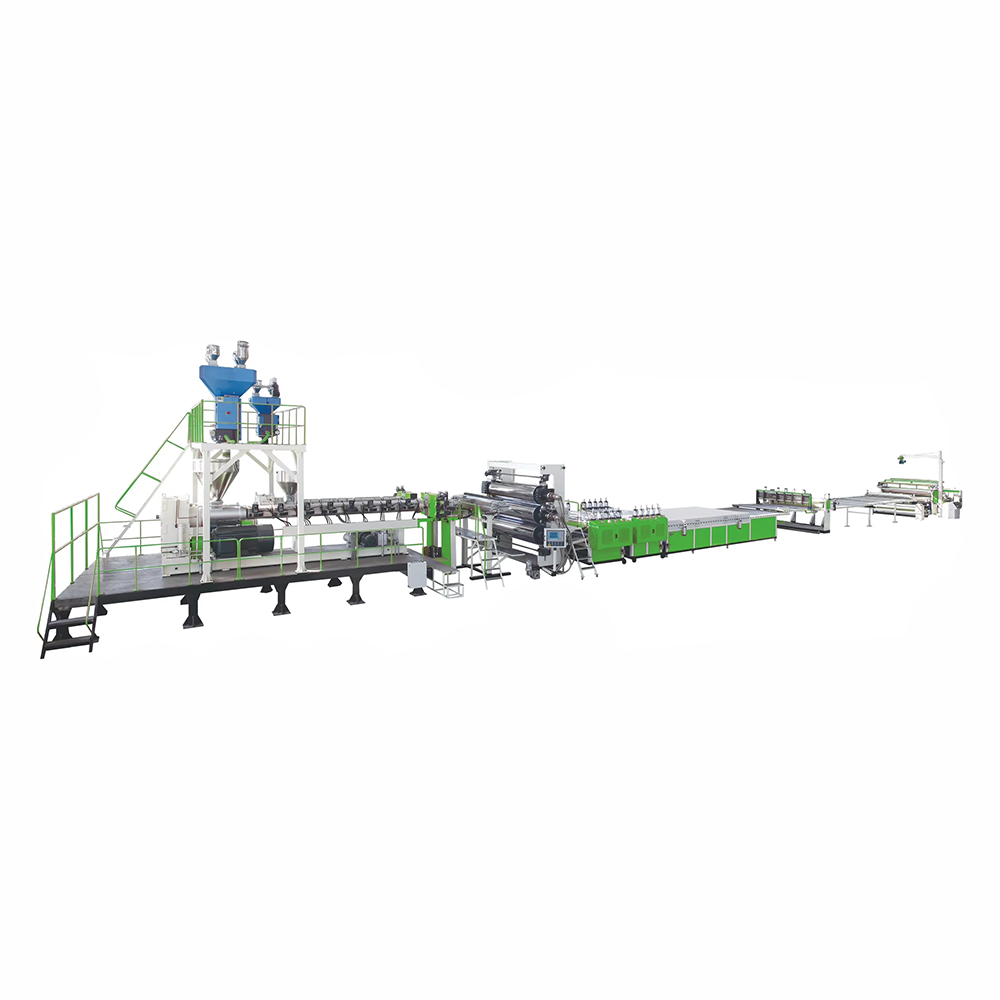(一) Production processes
- Raw Material Preparation
Dwell insists on using the highest quality PMMA raw materials and storing them in a dry and clean environment to prevent contamination. Before entering the extruder, the raw material is dried in a variety of ways to remove any moisture that may affect the quality of the final product.
- Extrusion process
- The dried PMMA feedstock enters the extruder through a hopper. The screw inside the machine rotates to move the raw material forward while the barrel is heated by heating elements to melt the PMMA. The temperatures in different areas of the barrel are precisely controlled to ensure that the PMMA is melted uniformly.
- The melted PMMA then flows to the die head, which extrudes the raw material into a set size sheet. The quality of the die head will be critical to the thickness and width of the final molded product.
- Cooling and Calibration
(1) The PMMA sheet extruded from the die head will enter the cooling zone. Cooling rollers or other cooling devices will rapidly cool the sheet. The cooling rate should be strictly controlled. If the cooling rate is too fast, the product will be prone to internal stress, so the sheet may be deformed or cracked later; if the cooling rate is too slow, it will affect the production efficiency. So only to control the cooling rate, in order to ensure that the plate after cooling to maintain high physical properties, to the back of the processing and use to lay a good foundation.
(2) After the product is cooled, it will enter the calibration unit. The calibration unit ensures that the product will have the correct thickness and flatness to better meet the needs of various uses.
- Cutting and Finishing
After the product is cooled and calibrated, it is cut to the desired length using a cutting machine or other cutting equipment. After cutting, the edges of the product are polished or otherwise finished to improve its appearance and usability.
(二) Equipment Composition
- Extruder
The extruder is the core component of the line and consists of the feed hopper, screw, barrel, and heating and cooling system. The screw is designed to convey and mix the raw material efficiently. In dwell’s PMMA production line, most of them use a graduated screw, whose groove depth gradually becomes shallower from the charging section to the metering section. This design enables the PMMA material to be gradually pressurized to achieve stable plasticization during the advancement process, and it provides gentle shear and compression of PMMA, which is a heat-sensitive material. The heating and cooling system provides precise temperature control during the extrusion process, allowing the material to be heated and cooled uniformly, thus improving the quality of the product.
- Die Head
The die head extrudes the molten PMMA material into sheets or plates. It is made of high quality steel that is carefully selected by dwell and has a smooth surface to ensure uniform thickness and smooth edges. The die head is adjustable to accommodate different widths and thicknesses.
- Cooling Calibration System
(1)Cooling section
- The cooling section adopts advanced cooling technology and is equipped with highly efficient cooling rollers and other specialized cooling devices. The surface of these cooling rollers has been specially treated to have good thermal conductivity, which can quickly absorb the heat from the sheet, thus realizing rapid cooling down. At the same time, the cooling system is also equipped with a precise temperature control system, which can adjust the cooling rate in real time according to the thickness of the sheet, extrusion speed and other parameters to ensure that the entire cooling process is stable and uniform, effectively preventing quality problems caused by uneven cooling.
(2) Calibration part
The various parts of the calibration unit are manufactured using high-precision machining technology, and the accuracy is up to a very high standard. During the calibration process, sheets pass smoothly between rolls or plates, and the thickness and flatness of the product are precisely adjusted and controlled by applying uniform pressure. In addition, the calibration unit is equipped with advanced thickness detection sensors, which can monitor the thickness change of the sheet in real time and feed the data back to the control system so that the calibration parameters can be adjusted in time to ensure that the thickness of the product always meets the set standard. The entire cooling and calibration system works together to provide a strong guarantee for the production of high-quality PMMA boards.
- Cutting equipment
Cutting equipment is used to cut the cooled and calibrated products into the required lengths and is equipped with a precise control system to ensure accurate cutting. dwell will select the appropriate cutting equipment according to the customer’s needs, so as to produce a variety of required products.
(三)Product Classification
1.Ordinary PMMA sheet
(1)Advertisement application: Ordinary PMMA sheet is widely used in the field of advertisement because of its good light transmittance, which is used for making billboards, light boxes and other advertisement materials.
(2) Decoration, decorative crafts applications: PMMA sheet can also be used for decoration and crafts production, through thermoforming machine or mechanical processing into a variety of decorative items.
(3)Signage applications: Due to its clarity and durability, PMMA sheets can also be suitable for making nameplates.
2.Electroplated Sheets
Vacuum Plated Plastic Lens Applications: Plated PMMA sheet is used to make vacuum plated plastic lenses. The plating process makes the surface reflective and can be used for optical applications.
3.Lighting Light Guide Plates
(1)Ultra-thin light box applications: PMMA light guide plates can be used in ultra-thin light boxes to evenly distribute light and provide bright and uniform lighting effects.
(2)LED Flat Panel Display Lights and Poster Stands Applications: These light guides are also used in LED flat panel display lights and poster stands to provide illumination.
4.Liquid Crystal Light Guide Panels
Computer, TV and other LCD applications: PMMA light guide panels can also be used for LCD components in computers, TVs and other devices to provide backlighting.

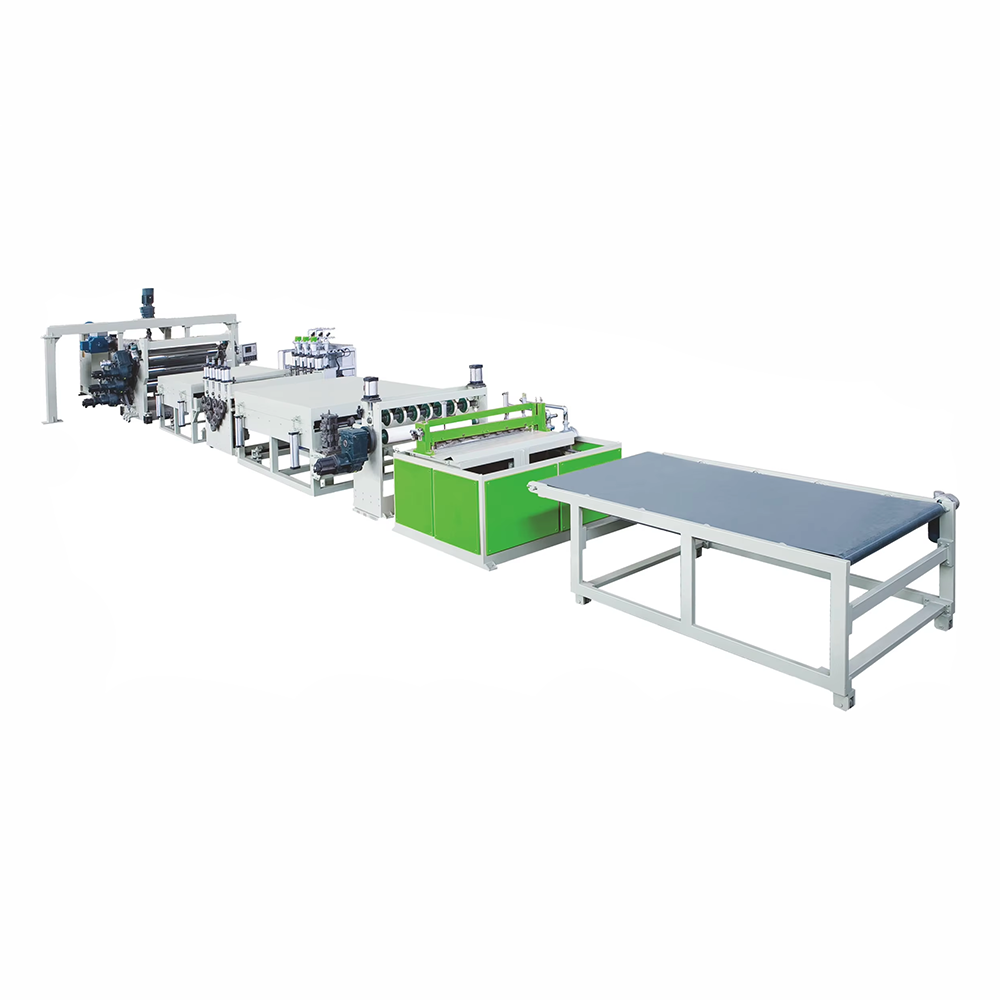
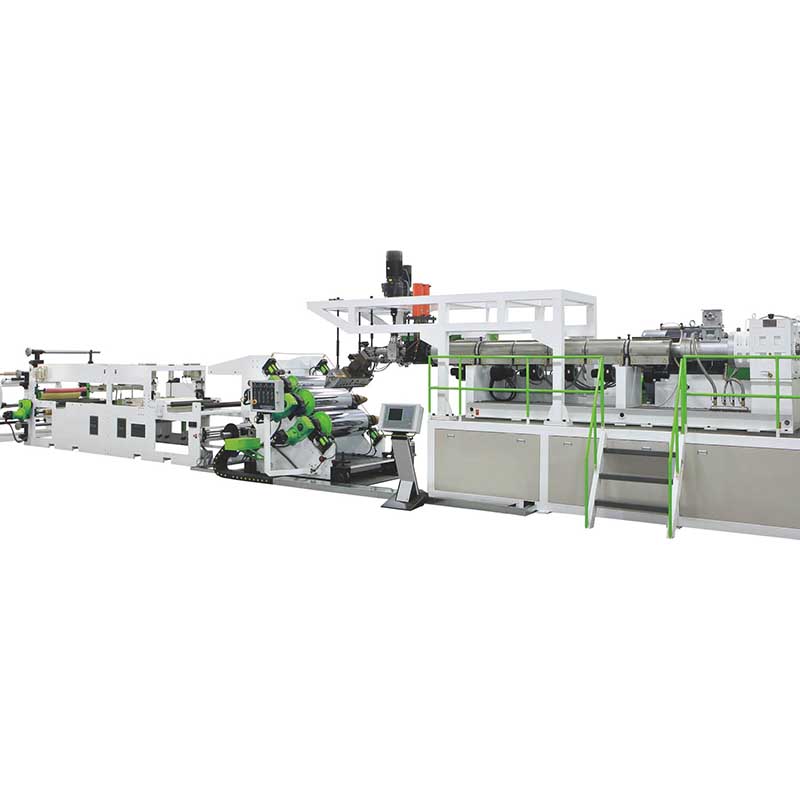
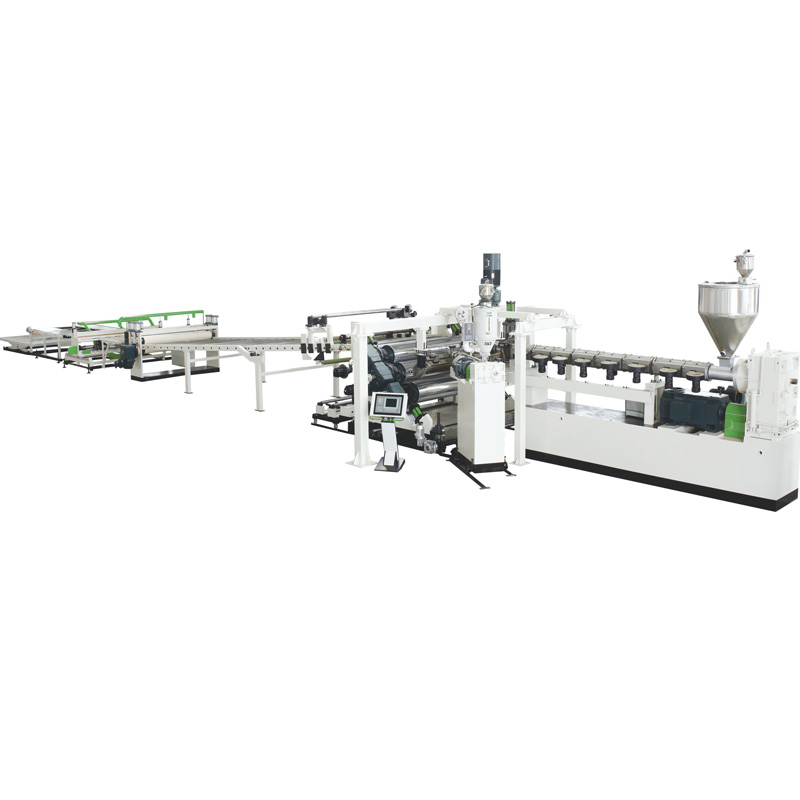
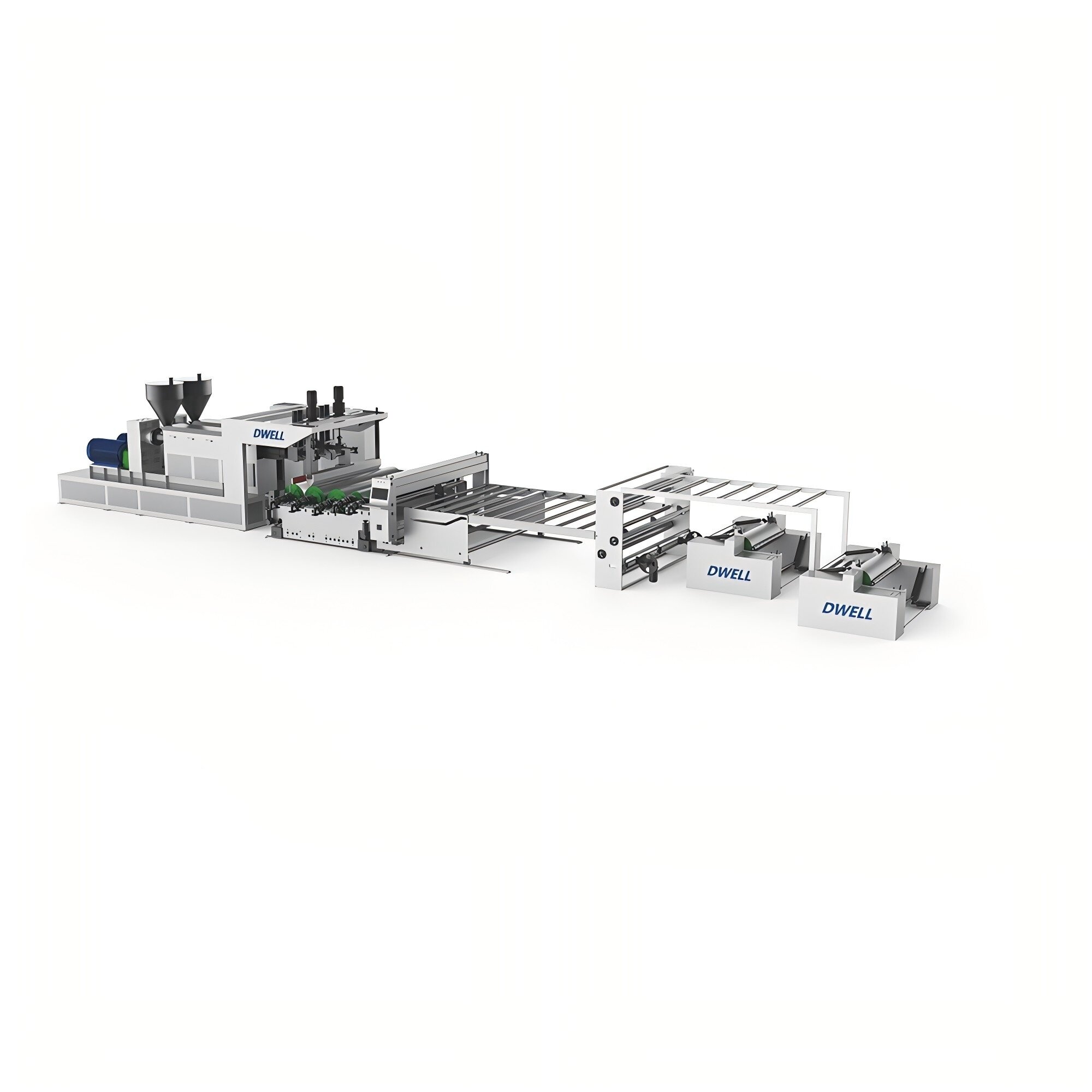
TPU-Casting-Film-Production-LINE.png)
